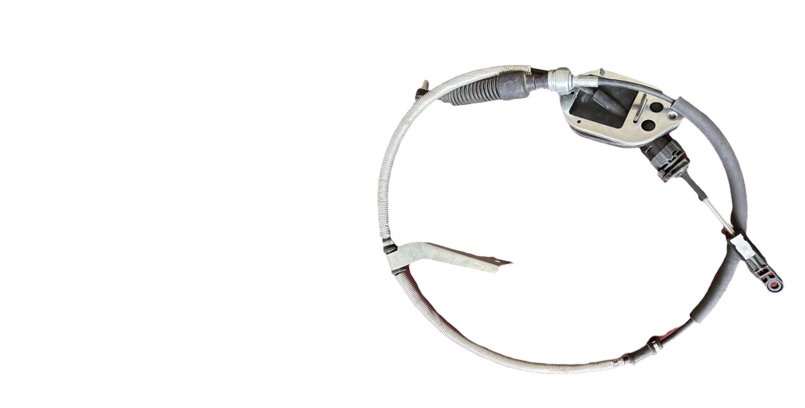Throttle Control and Linkage System for Enhanced Vehicle Performance
The Importance of the Gas Pedal and Cable in Modern Vehicles
The gas pedal, also known as the accelerator pedal, plays a critical role in vehicle operation. It is one of the primary means by which drivers control the power and speed of their vehicles. When combined with the accelerator cable, these components form a vital interaction responsible for translating driver intent into automotive performance.
Understanding the Gas Pedal
The gas pedal is typically located on the right side of the footwell, allowing the driver to operate it easily while maintaining control of the vehicle. The basic function of the gas pedal is to regulate the amount of air and fuel entering the engine. When the driver presses down on the pedal, a signal is sent to the engine to increase power - leading to acceleration. Conversely, releasing the pedal decreases engine power and slows the vehicle.
The Role of the Accelerator Cable
In older vehicles, the gas pedal was directly connected to the throttle via a mechanical accelerator cable. This physical cable transmits the pedal's position to the throttle body, which controls the amount of air entering the engine. However, many modern vehicles have made the transition to electronic throttle control (ETC) systems. In these systems, the gas pedal is linked to a sensor that sends electronic signals to the engine control unit (ECU), which adjusts the throttle position accordingly.
Transitioning to Electronic Control
gas pedal and cable

The transition from mechanical cables to electronic systems has several implications for vehicle performance and driver experience. Electronic throttle control offers improved precision, allowing for more responsive acceleration and better fuel efficiency. Additionally, this system can integrate advanced features such as adaptive cruise control, traction control, and stability control, making driving safer and more comfortable.
Performance and Safety Considerations
Both mechanical and electronic systems come with their own sets of advantages and challenges. Mechanical systems typically offer a direct connection between the pedal and the throttle, giving a tactile feedback that many drivers appreciate. However, they are also more susceptible to wear and tear, which can lead to performance issues.
On the other hand, electronic control systems can sometimes introduce a perception of lag between when the driver presses the pedal and the engine's response. Manufacturers have invested significantly in tuning these systems to ensure that they feel intuitive and responsive, even when the connection is not purely mechanical. Moreover, modern safety standards demand a higher degree of redundancy in electronic systems to avoid failures that could lead to accidents.
Conclusion
The gas pedal and its associated cable or electronic equivalent are central to the driving experience. Understanding their roles helps drivers appreciate how their actions translate into vehicle performance. As technology continues to evolve, we can expect further innovations that enhance the interaction between the driver and the vehicle, ensuring that the gas pedal remains a critical component in modern automotive design.
In summary, whether through traditional cables or cutting-edge electronic systems, the gas pedal is a key element that enables drivers to navigate roads safely and efficiently. As vehicles become more advanced, the evolution of the gas pedal and accelerator systems will continue to shape how we drive and interact with our automobiles.
-
Upgrade Your Control with Premium Throttle CablesNewsAug.08,2025
-
Stay in Control with Premium Hand Brake CablesNewsAug.08,2025
-
Experience Unmatched Performance with Our Clutch HosesNewsAug.08,2025
-
Ensure Safety and Reliability with Premium Handbrake CablesNewsAug.08,2025
-
Enhance Your Vehicle with High-Performance Clutch LinesNewsAug.08,2025
-
Elevate Your Ride with Premium Gear CablesNewsAug.08,2025
